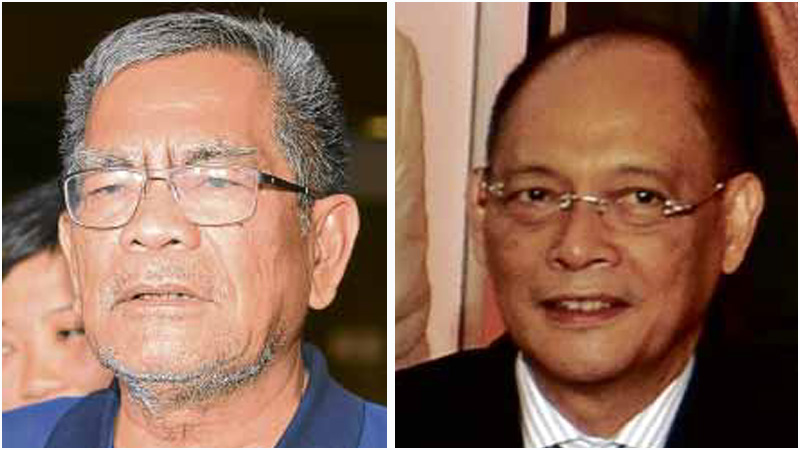INTERIOR Secretary Ismael D. Sueno said he “admires” the previous administration’s bottom-up budgeting (BuB) scheme for allowing barangays to decide their own expenditure even as the Duterte administration is preparing to downsize it.
Sueno issued the remark, as the Davao sectoral group Victims of Disasters and Calamities Council sought an audience following the Duterte administration’s proposed “slash in the P20-billion allocation” for the year 2017.
The Department of the Interior and Local Government said that it welcomed the move of civil society organizations to participate more in the review of government projects to be funded through the program, which will now be known as the Assistance to Disadvantaged Municipalities project.
Grassroots
Sueno, who previously served as a local executive in southern Mindanao like Duterte, stressed that the BuB concept enabled people at the grassroots level to be heard on what they really wanted.
“I believe in this concept of BuB, where the barangay people themselves plan for their wants and the plan is not imposed by others,” Sueno said.
The BuB, which was started by the late Interior Secretary Jesse Robredo, veered away from the traditional top-down approach to budgeting by allotting resources to projects chosen by grassroots communities.
It was massively expanded under the stint of his successor and later losing presidential candidate Mar Roxas. During the campaign season, Duterte’s camp attacked the BuB and said it was a tool for political patronage.
Before the election, former Budget Secretary Florencio Abad proposed to increase to P35 billion the allocation for the BuB in 2017, from P24.7 billion this year. However, his successor, Secretary Benjamin Diokno cut the allocation instead to P2.9 billion, as it will now be limited to low-income and hazard-prone municipalities.
Diokno first announced the plan to limit the BuB to lower-class municipalities similar to how the program was during Robredo’s time.
BuB had become “a waste of funds” that “fritters away important government resources [that could be used for] more effective projects,” Diokno said.
